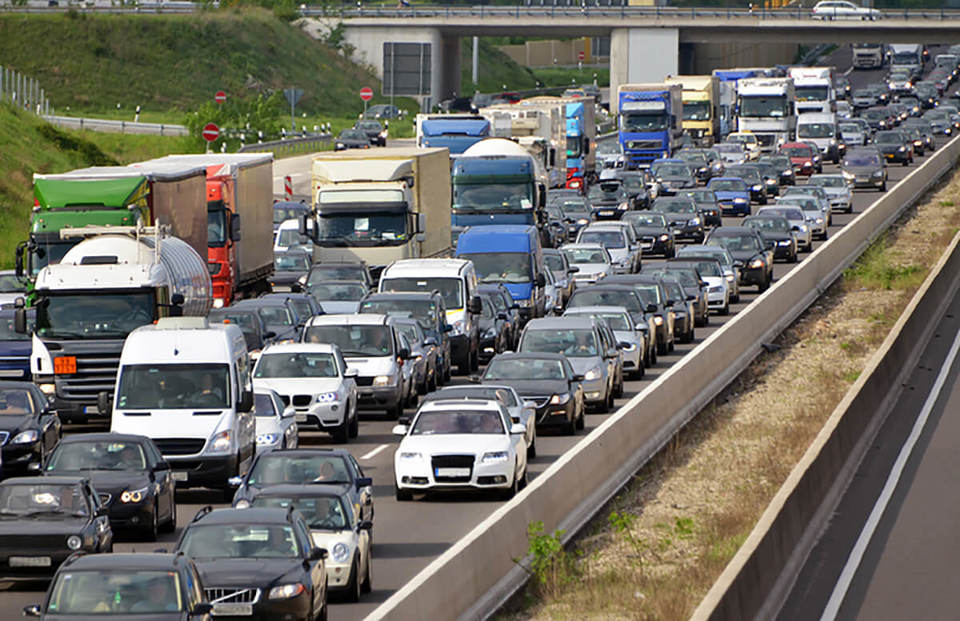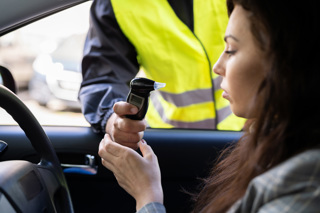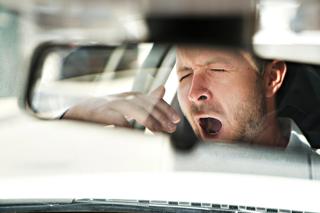The road safety charity Brake says stopping distances should be increased because drivers' thinking time has been underestimated.
Brake asked TRL (Transport Research Laboratory) to provide evidence on the time taken by car drivers to perceive, recognise and react to emergency situations.
TRL referred to academic literature and concluded that the average thinking time is 1.5 seconds − more than double the 0.67 seconds set out in the Highway Code (see below).
This means that average total stopping distance − including thinking and braking distance − is an extra 2.75 car lengths (11 metres) at 30mph and an extra 3.75 car lengths (15 metres) at 40mph compared with the distances used in the Code. This difference rises to an additional 6.25 car lengths (25 metres) at 70mph.
Jason Wakeford from Brake said: "These figures suggest stopping distances taught to new drivers in the Highway Code fall woefully short. Even though car braking technology has improved in recent years, the majority of the overall stopping distance at most speeds is actually made up of the time taken to perceive the hazard and react.”
The road safety charity is calling on the Government to increase stopping distances in its next update to the Highway Code.
Wakeford continued: “The research shows that average thinking time is more than double that set out in the Highway Code.
“A true understanding of how long it takes to stop a car in an emergency is one of the most important lessons for new drivers. Understanding true average thinking time reminds all drivers how far their car will travel before they begin to brake − as well as highlighting how any distraction in the car which extends this time, like using a mobile phone, could prove fatal.”
Overall average stopping distances
|
Speed |
20mph |
30 mph |
40 mph |
50 mph |
60 mph |
70 mph |
|
Brake/TRL study |
19m |
34m |
51m |
71m |
95m |
121m |
|
UK Highway Code |
12m |
23m |
36m |
53m |
73m |
96m |
|
Difference |
7m |
11m |
15m |
18m |
22m |
25m |























Nigel Boyle - 25/07/2017 12:36
The Governments figures also do not take acount of the far better breaks or tyre technology further reducing stopping distances. Test I have seen show the reverse with cars stopping far before the old distances